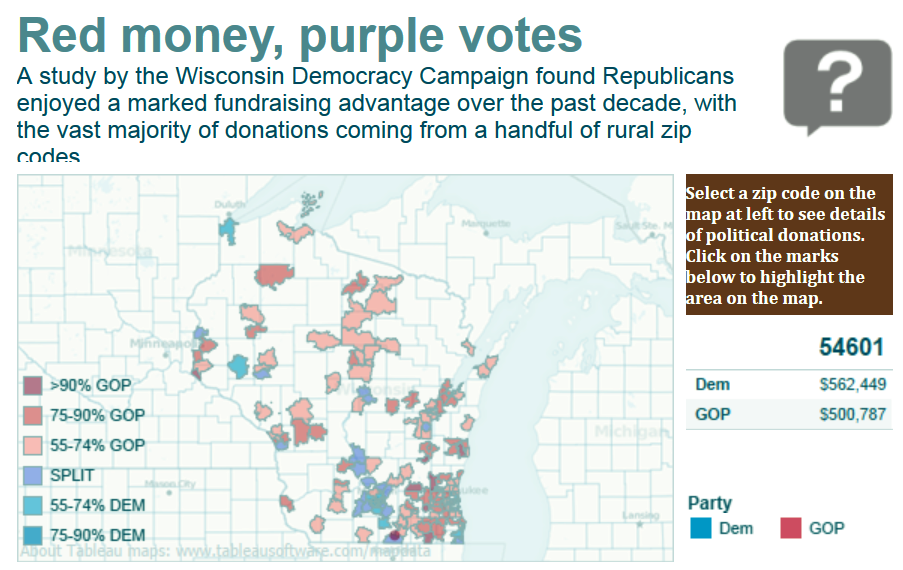For months, if not years, House Appropriations Committee Chairman Harold "Hal" Rogers of Eastern Kentucky has talked about the need for better Internet service to boost the economy in his 5th District, which is not only the nation's poorest but has lost 6,000 jobs in coal, its only big industry, in the last two years. In writing the federal budget that Congress passed this week, Rogers did something about that, though exactly how he did it remains unclear.
Bill Estep of the Lexington Herald-Leader reports, "As part of a $12 million budget increase for the Appalachian Regional Commission, Congress directed $10 million to broadband development in distressed counties affected by reductions in coal jobs, according to Earl F. Gohl, federal co-chair of the agency." There is no such reference in the bill's language for the ARC's $80.3 million budget, and Gohl's chief of staff, Guy Land, didn't reply to an email Saturday seeking comment. Appropriations Committee spokeswoman Jennifer Hing said in an email that the money "is part of the ARC" budget.
"The budget language does not specify Eastern Kentucky," Estep writes, "but it appears the region will be first in line for the money. Eastern Kentucky is home to the highest concentration of distressed counties in the multi-state ARC, and has lost a greater percentage of its coal jobs than any region of the country the last two years."
Rogers, a Republican, delivered the broadband money in the same week that Democratic Gov. Steve Beshear said he would include four-laning of the Mountain Parkway in Eastern Kentucky in the road plan he would submit to the legislature. Beshear talked about his hope to do that, and Rogers talked about broadband, at a huge gathering to solicit ideas for Shaping Our Appalachian Region, an initiative they started. The Rural Policy Research Institute sifted through those ideas and issued a report Friday calling for "a new guiding organization to organize the work." Beshear and Rogers said they would get to work on that soon. (Read more)
 |
| Rep. Rogers, left, and Gov. Beshear at Pikeville meeting (Herald-Leader photo) |
"The budget language does not specify Eastern Kentucky," Estep writes, "but it appears the region will be first in line for the money. Eastern Kentucky is home to the highest concentration of distressed counties in the multi-state ARC, and has lost a greater percentage of its coal jobs than any region of the country the last two years."
Rogers, a Republican, delivered the broadband money in the same week that Democratic Gov. Steve Beshear said he would include four-laning of the Mountain Parkway in Eastern Kentucky in the road plan he would submit to the legislature. Beshear talked about his hope to do that, and Rogers talked about broadband, at a huge gathering to solicit ideas for Shaping Our Appalachian Region, an initiative they started. The Rural Policy Research Institute sifted through those ideas and issued a report Friday calling for "a new guiding organization to organize the work." Beshear and Rogers said they would get to work on that soon. (Read more)






















